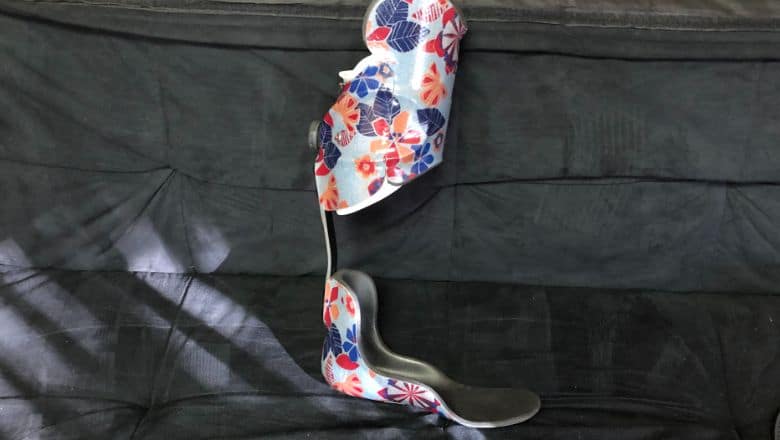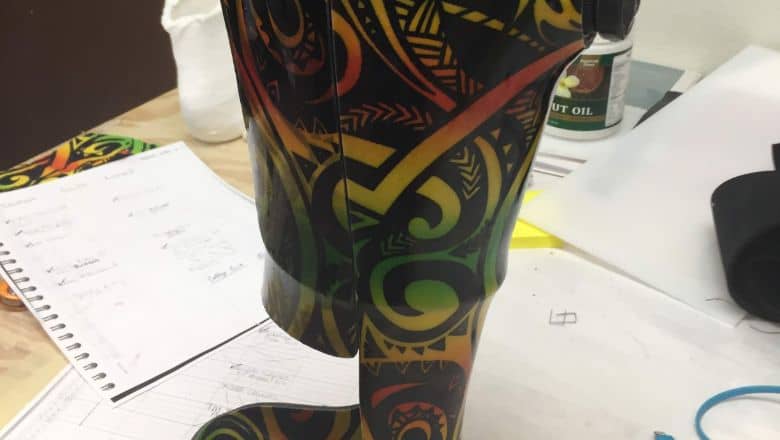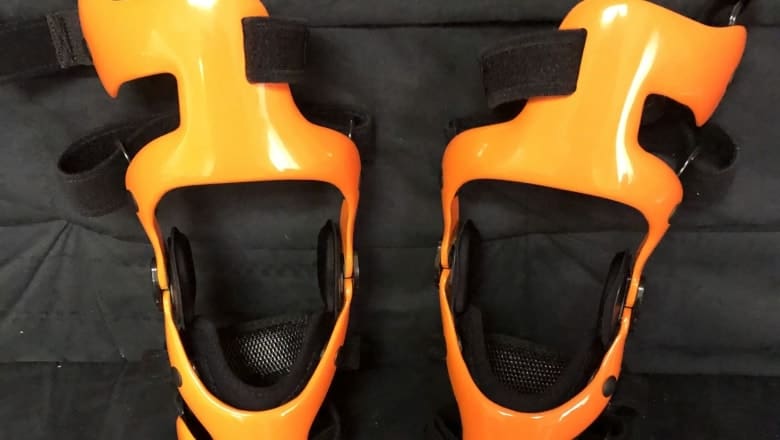The intricate harmony of human walking has been a source of inspiration in developing advanced prosthetic limbs. Mimicking the natural walking gait involves complex engineering and understanding of biomechanics, aiming to restore mobility to individuals with amputated lower limbs. Through the help of advanced sensors embedded in prosthetic limbs, significant advancements in gait simulation have been achieved, bringing amputees closer to natural movement than ever before.
Understanding The Human Gait & Its Importance
Walking is a seemingly simple act, but it involves a complex coordination of muscles, joints, and neural signals. The human gait encompasses the cyclic movement patterns that allow level-ground walking efficiently and naturally. This cycle ensures that each step is fluid and that the body remains balanced. For individuals with amputations, replicating such efficient movement with a prosthetic requires technological precision.
The Role Of Sensors In Prosthetic Limb Technology
Advanced sensors in prosthetics play a crucial role in enhancing functionality and flexibility. These sensors gather real-time data about movement, pressure, and alignment, enabling the prosthesis to adjust dynamically to different walking conditions. Sensors not only capture vital information but also process it, allowing robotic prosthetic limbs to approximate the responsiveness and adaptability of a natural limb.
Smart Prosthetics For Natural Movement
Smart prosthetics integrate computational algorithms with sensor data to adaptively mimic human walking. Unlike traditional prosthetic devices, these smart solutions utilize machine learning to understand the unique walking styles and adjustments required for each user. The result is a customized experience that acknowledges variances in gait and fosters a more natural walking pattern.
Advanced Prosthetic Technology For Walking
Advanced prosthetic technology takes numerous elements into consideration, including user comfort, durability, and motion range. Engineering precision ensures prostheses can support variable walking speeds, sudden stops, and directional changes. The incorporation of materials that mimic human muscle elasticity also helps achieve a seamless walking experience.
Gait Simulation In Artificial Limbs
Artificial limbs that mimic human walking explore biomechanical principles to simulate gait. These prosthetic systems offer flexibility in ankle and knee joints through complex actuators driven by input from sensors. This arrangement allows a more responsive gait, aiding in tasks ranging from slow strolling to vigorous activity.
Benefits Of Robotic Prosthetics
Robotic prosthetic limbs offer enhanced control and dexterity, supporting a wide range of activities that would be challenging with traditional prostheses. These sophisticated devices are equipped to learn from their users, providing features such as:
- Improved balance and stability.
- Adaptive response to terrain changes.
- Faster adjustment to walking pace.
- Reduced energy expenditure during movement.
- Greater independence in daily activities.
Challenges In Developing Prosthetics That Mimic Human Walking
Developing prosthetics that accurately mimic human walking involves ongoing challenges, primarily related to the variability of human motion and the need for personalization. Issues such as weight distribution, signal accuracy, and battery life must be meticulously managed to ensure the prosthesis performs optimally over diverse conditions.
How Sensors Improve Prosthetic Limbs
Sensors are instrumental in transforming traditional artificial limbs into highly functional robotic prosthetic devices. These elements provide critical feedback that supports dynamic adjustments, sensorial enhancements, and energy efficiency. Advanced sensors can detect slight shifts in gait, pressure changes, and alignment nuances, facilitating a symbiosis between the prosthesis and the user’s unique physiological needs.
Ultrasonic Sensors & Their Applications
Among the sensory technologies applied in prosthetics, ultrasonic sensors stand out for their ability to perceive spatial elements like distance and proximity. This allows the prosthetic limb to adjust its movement trajectory in relation to external objects and surfaces, promoting smoother interactions with the environment.
Implementing Feedback Mechanisms In Prosthetics
Integrating feedback mechanisms in prosthetics has enhanced the interactive capabilities critical to natural walking gait replication. These feedback loops ensure the prosthesis can autonomously make real-time adjustments, enhancing user experience and reducing the need for constant conscious control.
Exploring Different Gait Patterns With Artificial Limbs
Artificial limbs aim to replicate various gait patterns — fast walking, ascending or descending stairs, and handling uneven surfaces. Achieving this multidimensional movement fidelity demands collaboration across disciplines, from engineers to healthcare providers who tailor the design to each individual’s needs.
FAQs
What are the primary types of prosthetic devices?
Prosthetics range from basic models to advanced robotic systems with dynamic, adjustable features.
How long is the adjustment period for using a prosthetic?
This varies per individual but typically involves a period of physical therapy to optimize coordination and comfort.
Can prosthetic limbs accommodate different activities and terrains?
Modern prosthetic limbs are designed with flexibility in mind, enabling adaptation to various activities and environments.
Elevate Your Mobility With Evolve Prosthetics & Orthotics
Ready to experience the next generation of prosthetic technology? Evolve Prosthetics & Orthotics in Las Vegas is your partner in embracing mobility with confidence. Explore customized solutions designed to bring you closer to natural movement. Contact us today to begin your journey towards greater independence and enhanced quality of life.




